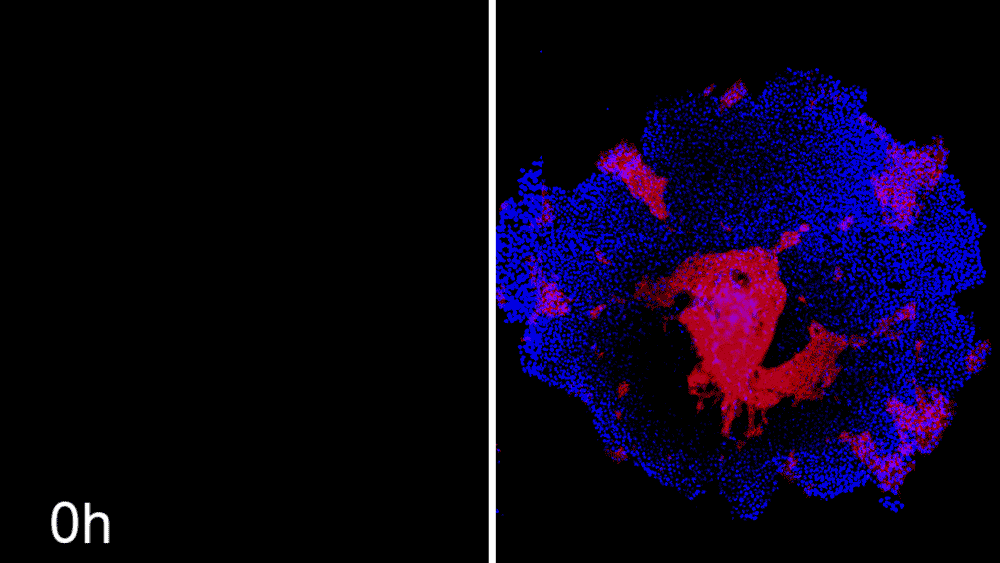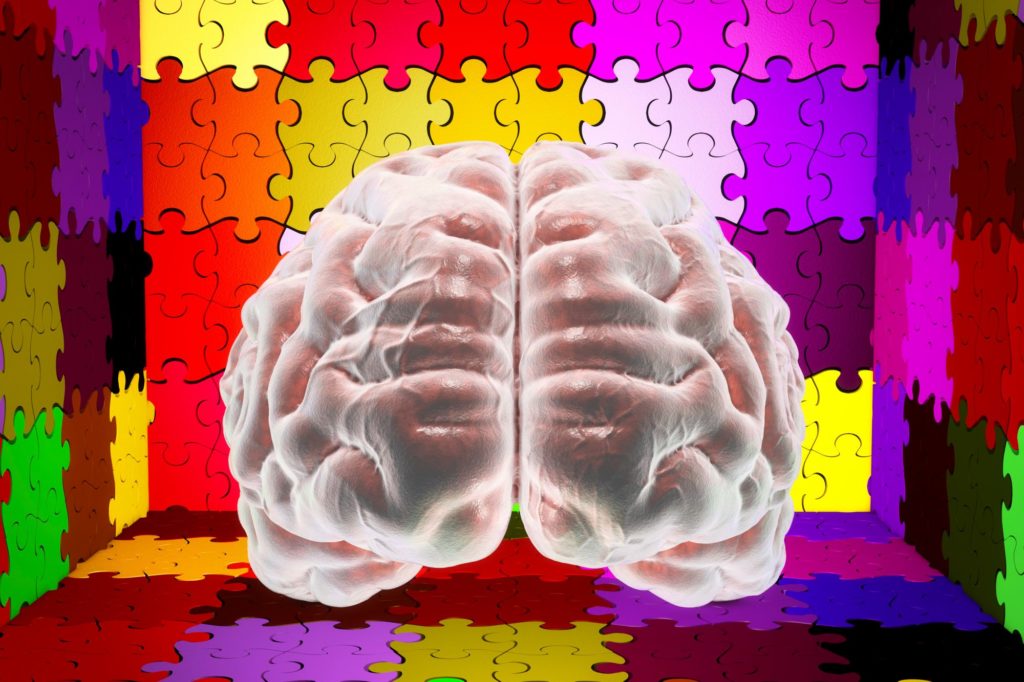Gladstone Institutes
The Gladstone Institutes is an independent state-of-the-art biomedical research institution that empowers its world-class scientists to find new pathways to cures.
Challenge
The world’s leading experts on disease are revolutionizing biomedical research in their laboratories at the Gladstone Institutes and driving innovation into the field of unsolved diseases of the brain, heart, and immune system. How do you communicate the following pivotal discoveries and their impact to the public?
Project 1: A landmark 9-year project by researchers at Gladstone, UCSF, and Zoo Atlanta providing the first high-resolution sequence of the Komodo dragon that deepens our understanding of how genomes evolve.
Project 2: A breakthrough study showing how we can use machine learning to organize stem cells to create organs.
Project 3: A momentous study linking Alzheimer’s disease and autism in the search for potential treatments.
Project 4: Crucial ongoing research on the fatal novel coronavirus sweeping the world.
Approach
Project 1: Understanding the Komodo dragon’s genes help us understand the human heart
We partnered with the communications and scientific teams at the Gladstone Institutes to explain that unlike most lizards, which become exhausted after brief physical exertions, Komodo dragons ramp up their metabolism to near mammalian levels. It gives them incredible speed and endurance. In a landmark study, the Gladstone-Zoo Atlanta team sequenced and studied the DNA of two Komodo dragons.
The findings not only help us better understand the characteristics of the Komodo dragon and its evolution. They will also help scientists investigate how genes that control the formation of the vertebrate heart have changed over the course of evolution, and could eventually be applied to better understand the development of the human heart and congenital heart disease.

Project 2: Creating organs from stem cells and machine learning
Building upon Gladstone’s organoid research, we framed how the Gladstone team is pushing the field forward with a study showing how we can use machine learning to organize stem cells. Scientists have traditionally had difficulty creating tissues from stem cells, but the Gladstone team used a new machine learning approach to model cell behavior and create new ways of controlling the organization of stem cells in the lab.
The findings show that by using CRISPR to regulate gene expression in the stem cells and simulating their effects on cell organization, the system enables scientists to design exact cell arrangements and could soon lead to the development of functional organs.

Project 3: Developing treatment for autism by targeting an Alzheimer’s protein
We supported the Gladstone team in communicating an unprecedented connection between Alzheimer’s disease, a neurodegenerative disorder of aging, and autism spectrum disorder, a neurodevelopmental disorder of childhood. The leading scientists, pioneers in the field of neuroscience, had previously shown that the tau protein has a key role in the onset of Alzheimer’s symptoms. Their most recent study reveals that the genetic deletion of tau can also prevent core features in autism such as seizures.
The findings point to tau as a potential therapeutic target for treating autism. Aided by current and prior research on the protein in Alzheimer’s, the team has already begun developing and testing drugs that could reduce levels of tau and treat autism disorders.

Project 4: Promoting crucial science to a world profoundly impacted by coronavirus
Amidst the unprecedented global pandemic, we connected leading experts from Gladstone with top trade and business outlets to advance public understanding of the novel coronavirus. On these national and local platforms, virologists explained the science behind the COVID-19 disease and discussed the developing research on potential diagnostics and treatments.
Researchers at Gladstone, as a part of the Quantitative Biosciences Institute Coronavirus Research Group, have additionally pivoted the focus of their studies to SARS-CoV-2, the virus causing COVID-19 and spreading the disease throughout nearly every country. In collaboration with hundreds of other researchers, they are heading a global research effort to map human proteins that the virus depends on for growth and transmission — and have since identified and begun testing more than 60 drug targets that could be used to fight COVID-19.

Impact
Through media coverage in target business and science and media such as The New York Times and FierceBiotech, the public is more aware of the remarkable work underway at the Gladstone Institutes and specifically educated about:
Project 1: The remarkable finding that positive selection has shaped several genes involved in the function of mitochondria, the energy powerhouses of the cell that control how well heart and other muscles function.
Project 2: How model organs grown from patients’ own cells may one day revolutionize how diseases are treated.
Project 3: How our understanding of one neurological disorder can lead to new discoveries about additional diseases and future therapies.
Project 4: The potential for existing drugs to be repurposed into viable therapies for COVID-19, addressing an urgent need for immediate treatment that is being made possible by collaborative scientific research efforts.


